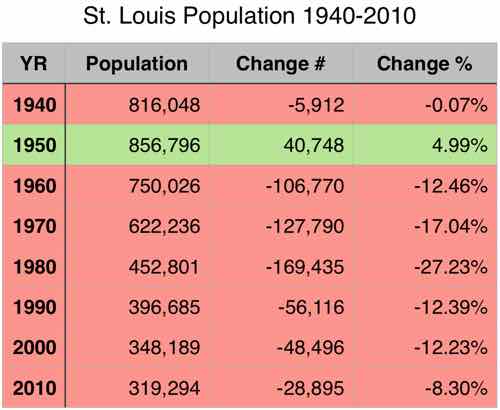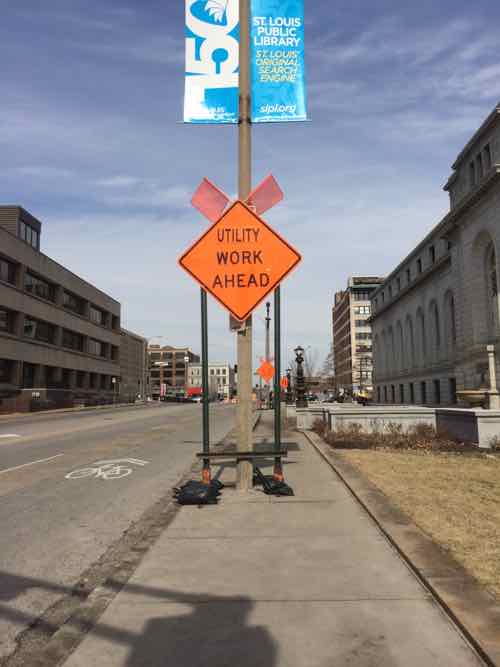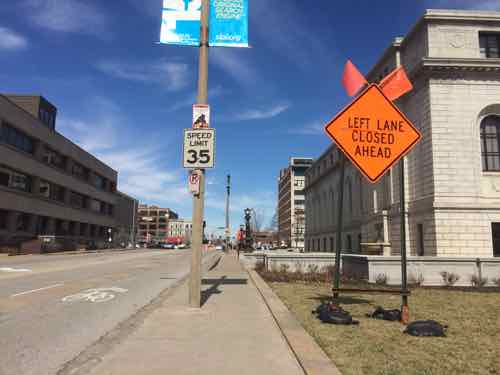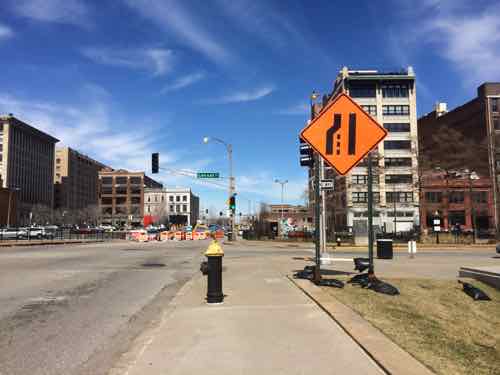A Lemp Suicide 95 Years Ago Today
Late last month Missouri State Auditor Tom Schweich committed suicide at his home in Clayton. His was not the first local suicide among those who, by outside appearances, had a lot going fir them.
Foe example, the Lemp family:
In 1870 Lemp was by far the largest brewery in St. Louis and the Lemp family symbolized the city’s wealth and power. Lemp beer controlled the lion’s share of the St. Louis market, a position it held until Prohibition. In 1892 the brewery was incorporated as the William J. Lemp Brewing Co. In 1897 two of the brewing industry’s titans toasted each other when William Lemp’s daughter, Hilda, married Gustav Pabst of the noted Milwaukee brewing family. (Lemp Mansion)
The suicides began in 1904 with the head of the family, William Sr:
Lemp, 68, shot himself on the morning of Feb. 13, 1904, in his second-floor bedroom of the family mansion at 3322 South 13th Street (now DeMenil Place), next to his brewery covering 13 blocks. Lemp had never gotten over the sudden death in 1901 of his son, Frederick, brewery superintendent, from a heart ailment. His depression deepened. When he didn’t emerge from the room that morning, no one took much notice. (Post-Dispatch)
His son, William Jr., took over the brewery. Sales declined and, in 1919, the brewery shut down because of Prohibition.
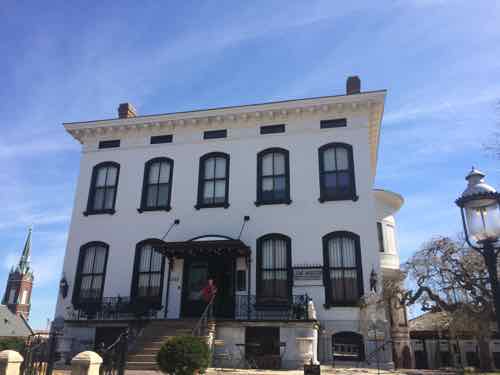
The next suicide I’ve seen listed as March 19th and as March 20th — 1920:
The second in the series of Lemp family suicides was that of Elsa Lemp, daughter of William Lemp (who killed himself in the Lemp Mansion in February 1904) and the younger sister of Billy Lemp, who took over the brewery. She had married Thomas Wright, President of the More-Jones Brass and Metal Company, in 1910 and divorced him in 1919. She was granted the divorce on the same day she filed the request, but almost immediately turned around and remarried him on March 8, 1920. Just a few weeks later, Elsa told her new-old husband that she wanted a quiet night to herself. The following morning, he heard a sharp crack and ran into the bedroom to find she had shot herself. When Billy Lemp arrived at the scene, he was remarked as commenting only “that’s the Lemps for you.” (STL250 via Facebook)
Wow, clearly Elsa, 37, was conflicted. Granted a divorce on the day filed? Remarried less than a year later only to kill yourself 11/12 days later! Her daughter died during birth in 1914.
Here’s the home where the couple lived:
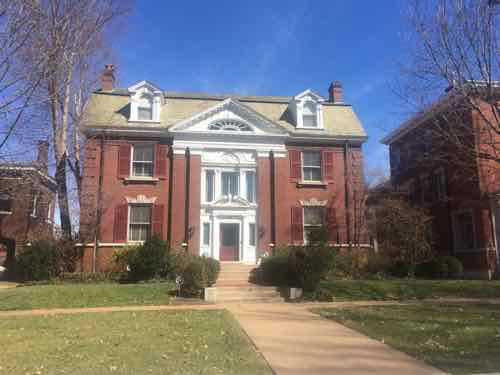
I have the following questions about this house:
- Who built it in 1901? Her husband Thomas Wright?
- Or did the couple buy the fairly new home after getting married in 1910?
- How long did Thomas Wright live in the house after Elsa’s death?
I searched the 1940 Census and found him living nearby at 46 Portland Place with a new wife, Cora, her son, 24 year-old William O’Fallon, and three servants: Dora Six, Emma Light, and Esther Siegerit. This house was 11 years newer, built in 1912; a bit smaller at just under 5,000 sq ft — still large.
Elsa was the youngest of her siblings, she’d just turned 21 when her father committed suicide in 1904. Her brother William, 55, shot himself in the family mansion in 1922 — not long after selling the brewery property. Another brother, Charles, also shot himself in the mansion in 1949 — he was 77 and the last family member to live in the family mansion. Her sister Hilda Lemp Pabst died, presumably of natural causes, in 1951 at age 74. The last Lemp sibling, Edwin, died in 1970 at age 90.
Edwin Lemp owned 200 acres adjacent to the Meramec River where he began building his 11,000 sq ft home, Cragwold, in 1911:
Edwin Lemp was born in 1880 and grew up during the time that the American conservation movement was at its height. Being a well educated man, he would have been familiar with the conservation issues of the time and most likely read many of the essays written on the topic. With Lemp’s well-known love of nature and animals, it would be easy to assume that he most likely shared many of the same conservation views as Olmsted, Burroughs, Powell, Muir, and Theodore Roosevelt. Lemp’s well-known love of nature and animals can be traced back to his childhood, when he kept canaries and parrots. As an adult, Lemp’s love of nature would lead him to discover the place where he would build his estate.
About the same time his brother William Jr built the Alswel estate nearby. Neither Charles or Edwin married, Edwin was gay and presumably Charles was as well.
Many Lemps are interred at the Lemp mausoleum in Bellefontaine Cemetery.
— Steve Patterson
